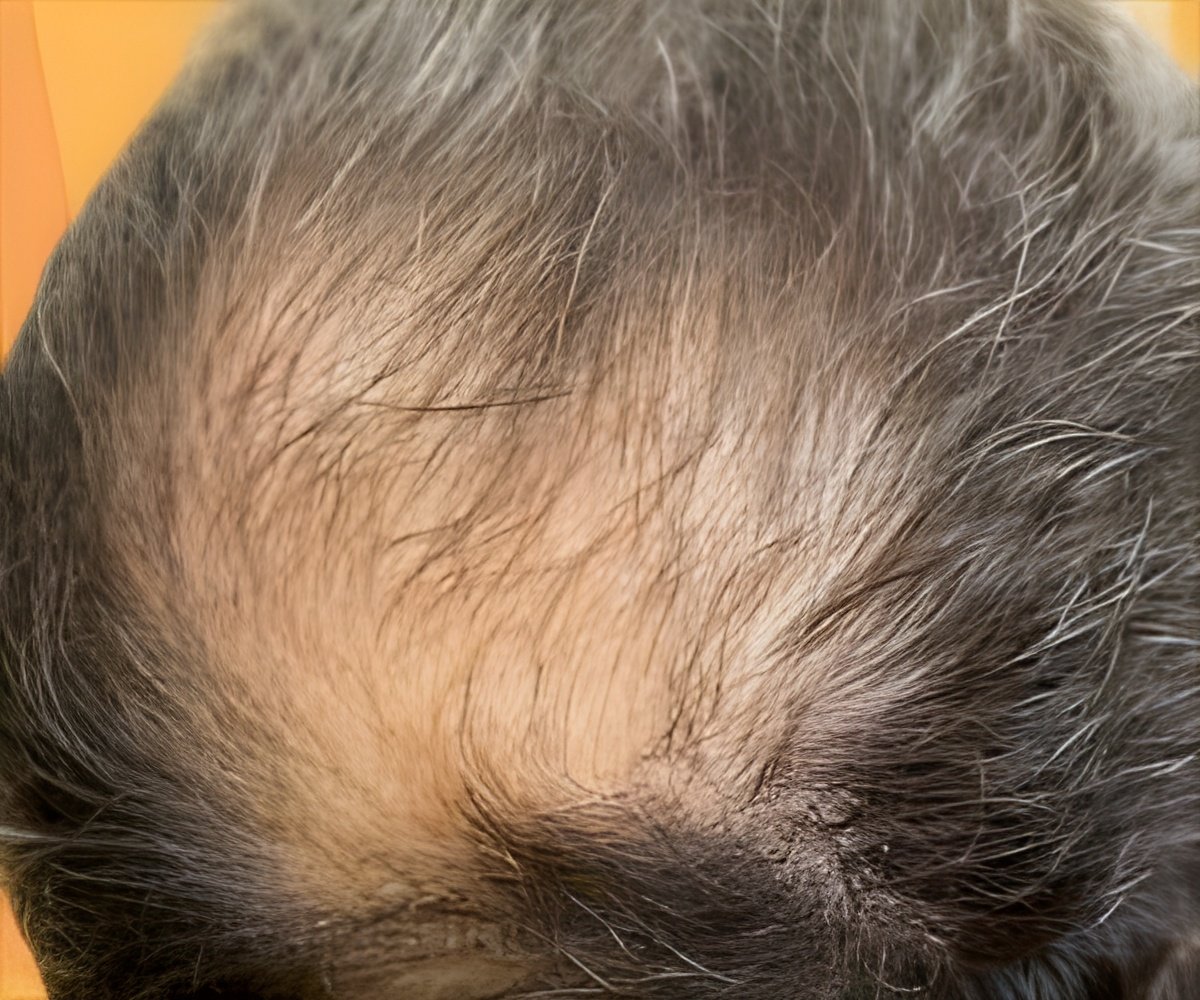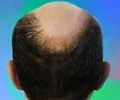
‘A new study recognizes a gene that is responsible for hypotrichosis simplex, a rare form of hair loss. This finding can contribute to the improved diagnosis of the rare disease.’
Read More..Tweet it Now
In infancy, fine hair tends to sprout sparsely. With increasing age, hair loss progresses. Ultimately, only a few hairs are left on the head and body. Read More..
Hypotrichosis simplex is a rare form of hair loss (alopecia). The condition is limited to a few hundred families worldwide. So far, only a few genes are known that are causally related to the disease.
Under the leadership of the Institute of Human Genetics at the University Hospital of Bonn, a team of researchers from Germany and Switzerland has now deciphered mutations in another gene that is responsible for hair loss.
The scientists examined the coding genes of three families that are not related to each other and are of different ancestry. A total of eight relatives showed the typical symptoms of hair loss. All those affected had mutations in the LSS gene. "This gene encodes lanosterol synthase - LSS for short," said Prof. Dr. Regina C. Betz from the Institute of Human Genetics at the University Hospital of Bonn. "The enzyme plays a key role in cholesterol metabolism."
However, the cholesterol blood values of those affected are not changed. Betz: "There is an alternative metabolic pathway for cholesterol, which plays an important role in the hair follicle and is not related to blood cholesterol levels."
Advertisement
Using tissue samples, the scientists tried to find out exactly where the lanosterol synthase is located in the hair follicle cells. The hair roots are formed in the follicle.
Advertisement
"We are not yet able to say why the hair is falling out," says lead author Maria-Teresa Romano, a doctoral student in Prof. Betz's team. "It is likely that the displacement of LSS from the endoplasmic reticulum results in a malfunction."
Prof. Dr. Matthias Geyer from the Department of Structural Immunology at the University of Bonn investigated the consequences of mutations for the structure of the enzyme lanosterol synthase. With him and Prof. Betz, there are now two principal investigators from the Cluster of Excellence ImmunoSensation of the University of Bonn, which was impressively endorsed in the latest round of the Excellence Competition and will receive further funding.
Improved diagnosis
For the scientists, the current study result is an important finding: Each further gene decoded is yet another part of the jigsaw and helps to complete the picture of the biological basis of the disease.
"A better understanding of the causes of the disease may in future enable new approaches to the treatment of hair loss," said the human geneticist. But there is still a long way to go. However, the discovery of the gene already contributes to improved diagnosis of the rare disease. Betz: "Those affected by hypotrichosis simplex only have to deal with hair loss. This is upsetting, but other organs are not affected."
Source-Eurekalert













